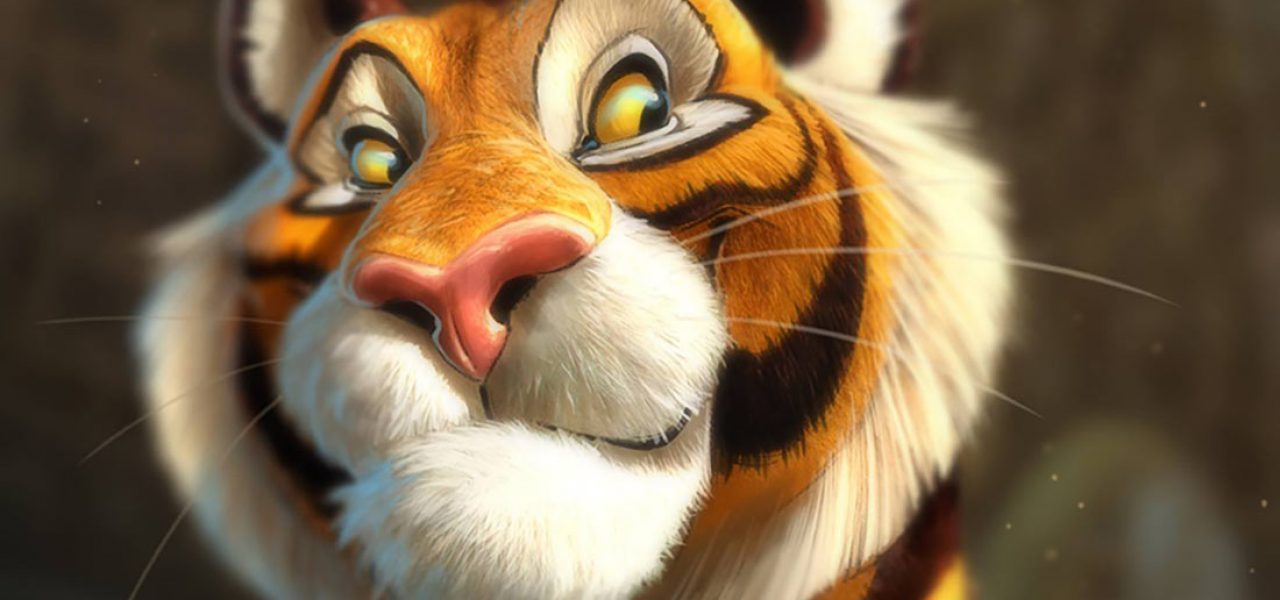
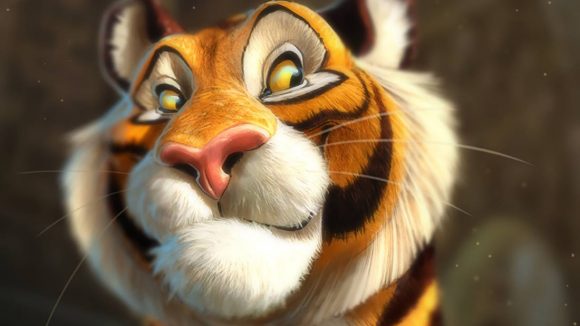
Aaron Blaise Reveals The Seven Steps to Great Character Design
Hello everyone! My name is Aaron Blaise and I’ve been an animator, character designer, and animation feature film director for the past 30 years. I’m also an art educator and run a website called CreatureArtTeacher.com.
Currently I am working on a new animated short film called Snow Bear. It’s going to be about an eight-minute film. It’s a hand drawn short about a lonely polar bear in the Arctic and how he makes a friend.
I thought it might be fun to give the readers of Cartoon Brew a sneak peek at what I am working on with the short and also take this opportunity to share my process for character design with you. I’m a big believer in having a workable and repeatable process so that you get consistent results.
My approach is the same every time! It doesn’t matter if it’s for a small short like this or a larger animated feature. It’s also the same for a 2D or 3D film.
I’ve created a video that runs about 45 minutes long for you to watch my process. Here it is:
I also wanted to elaborate on some of the points from the video in the article below. So, here are my “7 Steps to Great Character Design.”
1. DO YOUR RESEARCH!
It’s absolutely crucial that you know as much about the “real thing” as you possibly can before you start designing. There are a lot of ways to do research. Personally, in the case of Snow Bear I am recording and watching animal documentaries by the truckload. I also utilize Google for information regarding polar bears, as well as images.
Whenever possible I also try to get out into nature and see the animals, or other subject matter, in person. While making Brother Bear for Disney the story team and I took numerous trips up to Alaska to study wildlife, and native Inuit and Athabaskan culture.
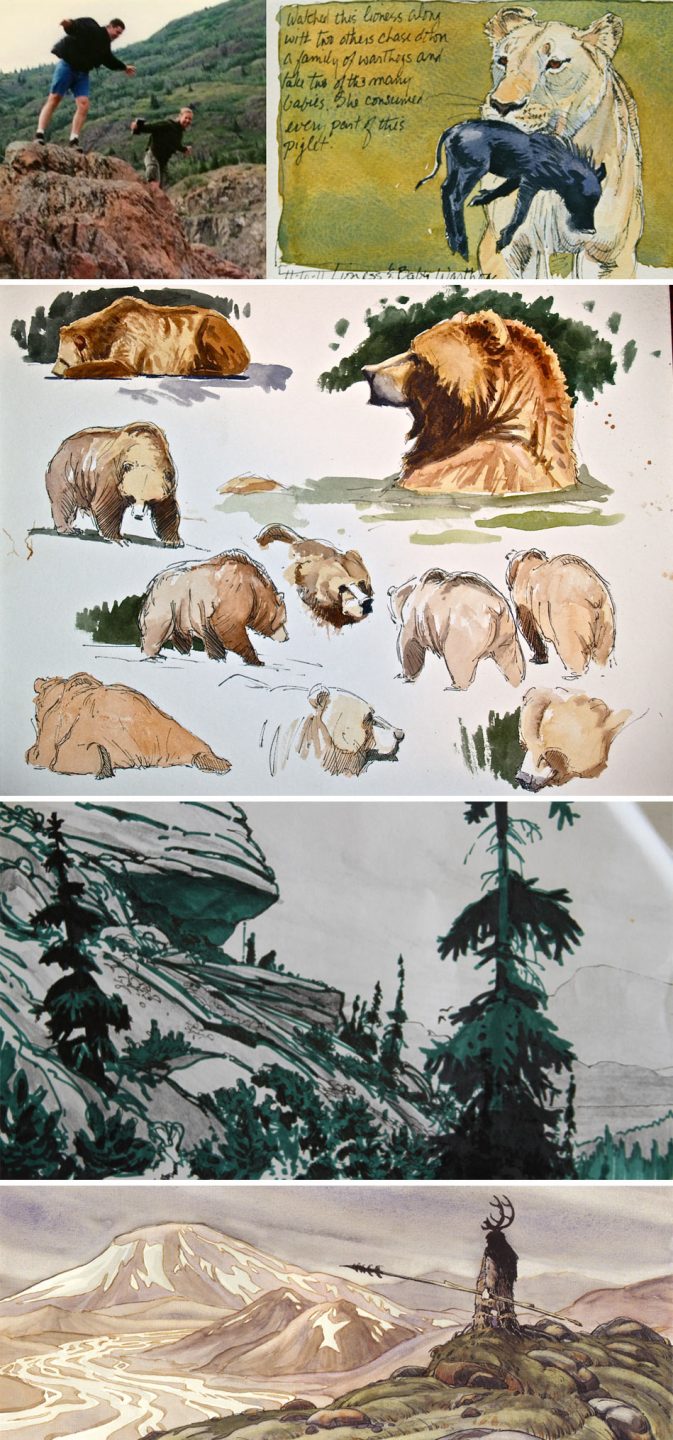
This sort of first hand experience is invaluable. On these trips, we will create hundreds of drawings and shoot thousands of photos. All of which will aid in our understanding of the world of the film and help us build a “mental library” that we can pull from.
Once I’m back in at my desk I typically print out hundreds of research images and sketches. I then pin them to boards all around the studio. These “vision boards” help to immerse me in the subject. Everywhere I look there is an image that tells me something about the real world and that all seeps back into development and design process. I will continually add to these boards as the vis-dev process unfolds.
2. Know Anatomy (The REAL Thing)
It’s crucial that you have an understanding of anatomy so that you understand the underlying form… Only then you can begin to abstract it effectively.
While at Disney we consistently went to figure drawing classes and went to the zoo to keep our “real world” knowledge of humans and animals sharp.

Again, in the case of Snow Bear, I am learning everything I can about polar bear anatomy. I’ve even ordered castings of real polar bear skeletons to really get a sense of the underlying structure. Once, you have a full understanding of the “real thing” and you can draw it from any angle or in any pose. You are now ready to start stylizing the character and finding your design.
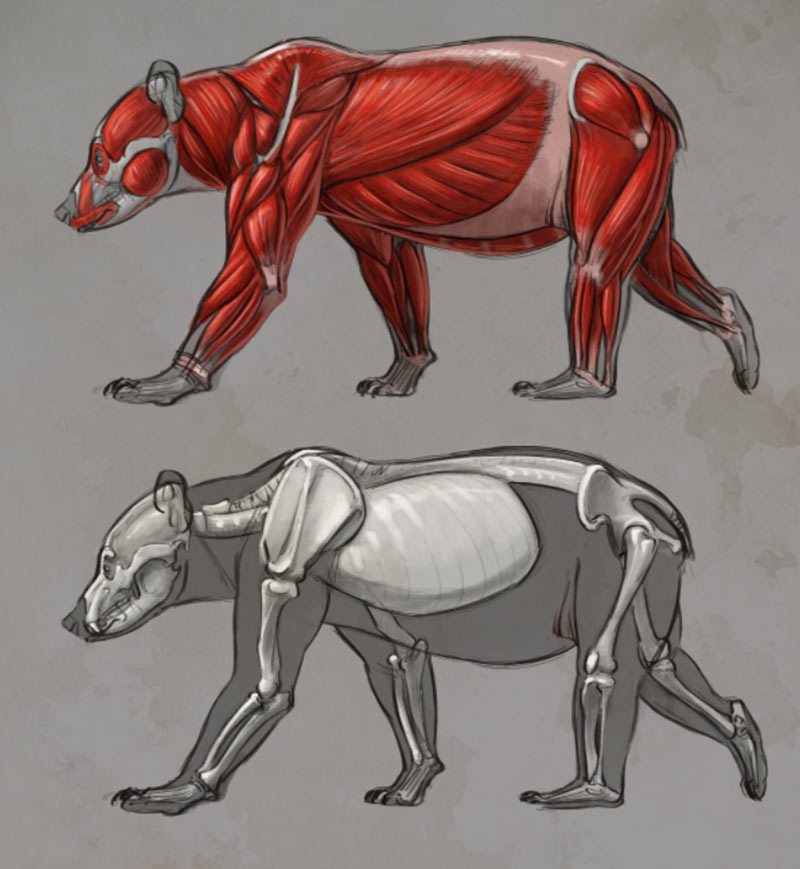
3. Know The Universe
Character designs must serve the overall look of the film! The “design conceit” or “look” of the film is something that is developed as a part of the pre-production process. If your designs and images don’t look like they “belong” in the world of the film I can guarantee that they will be rejected by an art director every time.
As I briefly mentioned in the video, for Aladdin the look of the film was roughly inspired by the great cartoonist and caricature artist, Al Hirschfeld. Therefore, the directors wanted a very smooth and flowing line for all the characters.
While designing the character of Rajah I initially struggled with turning the stylized linework that was essential to the film into a believable tiger character. Then one day I was walking down the street in Orlando (I was working at the Florida studio at the time) and I saw the hood ornament on a Jaguar automobile. The flowing shape of the sculpture caught my eye. Immediately a “light bulb” went off in my head. I rushed back to my animation desk and having been freshly inspired by the hood ornament, I had my tiger character down on paper very quickly. It was that design that ended up in the final film.
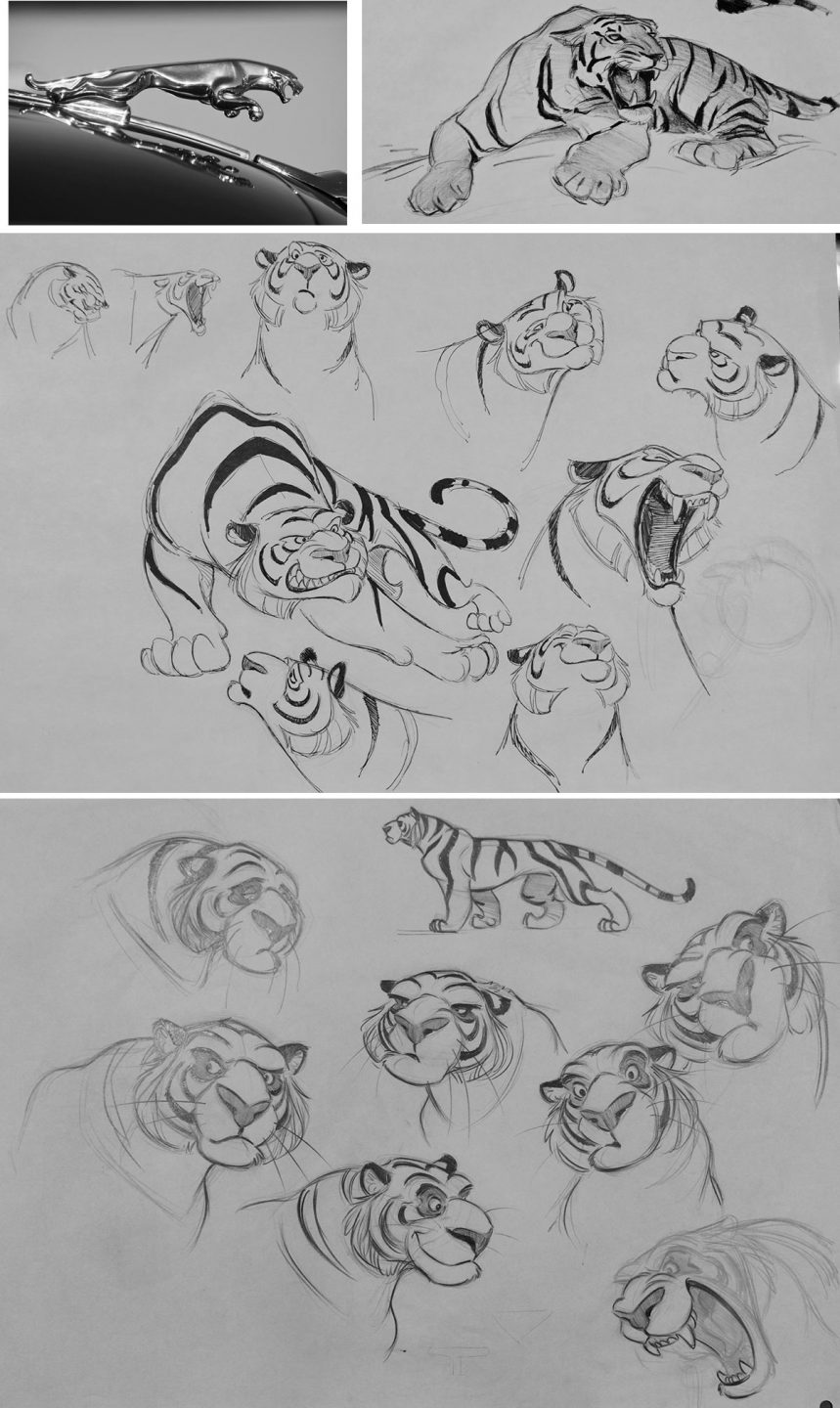
4. Understand the Story (And How Your Character Fits)
No matter how big or small the role of a character in film is, you should understand their place in the story and their motivations. It’s not just a matter of knowing the plot. You have to know their motivations… How does your character think? What are their needs? Are they happy? Are they sad? Why?
All of this information will begin to inform the look of your character and will give your designs a sense of attitude and life. This is what will ultimately help your audience connect with the character and ultimately make for a better design, and hopefully a better film.
5. Start Drawing, Experimenting & Sketching (But, Don’t Fall In Love)
Now it’s time to have some fun and start drawing! Sketch poses and expressions. And above all have fun!! However, don’t settle on a design too soon. And NEVER fall in love with your art. This is one of the most common mistakes that young or inexperienced artists struggle with.
You have to be willing to throw out an image even if you really, really like it. If it doesn’t serve the character’s role in the story it has to go! Even a great artist may throw out hundreds of sketches before landing on one that works. I know that personally I have had tons of bad drawings for every good one. This is all OK and part of the process so don’t get frustrated.
During the sketching phase you are trying to find attitudes and expressions that your character might need to show in the film. Use all that research in your head to get your design to “emote.”
Remember, as discussed above everything about your character has to serve the story. Keep things simple… Don’t add a bunch of unnecessary ornamentation just because you think it looks “cool”.

6. Draw Expressions, Create Model Sheets & Key Poses
Hopefully you’ve now arrived on a pleasing design that serves the story, fits the look of the film, and conveys emotion. Now, it’s time to start putting your character “in” the world of the story. I like to draw more polished images of key scenes and “moments” from the story and see if my design is still working.
These images, when they work well, are the first time that the film starts to really feel like it’s coming to life! The images all go up on the “vision boards” I mentioned earlier. I also create model sheets to make sure that myself and other animators are able to maintain consistency throughout the film.

7. Move Your Character!
If you are an animator or you work with animators, the next step is to do “motion tests” of your design. Moving your character around on the screen before you go into full production is a crucial step to making sure that your design really works.
You’ll be amazed at what you learn when you see your character moving. If the design works and is believable then you are off to the races! But if there are issues and things aren’t quite working right, this is your chance to catch it before it’s too late. I highly recommend this step as it can teach a lot about the film you are making.
Even when I have worked on computer animated films I’ve been able to do 2D motion tests of our characters that have really helped the cgi animators get a sense of how the character moves and emotes. This is something that really helps me as a director and it’s also something that Disney still tends to do for their films as well.
2D animation test from unreleased film, “The Legend of Tembo.”Wrap Up
Well that’s it. Those are the 7 Steps that I go through every time on every project! It’s a process that I strongly believe in and it will serve you well. I hope that you’ve found this useful and that it helps you with your art or gives you some insights into my experiences that you can draw upon.
If you are interested in additional Character Design or Animation tutorials I have a complete line of courses on my web site CreatureArtTeacher.com – there are many, many hours of in-depth content available. I also offer a variety of free tips and tricks on my Youtube channel. I hope that this helps you put some beauty out into the world!
Enter promo code “CartoonBrew” and Save 25% OFF any order!
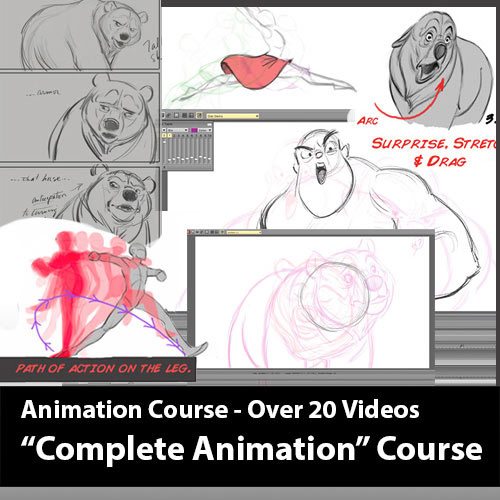


About Aaron Blaise
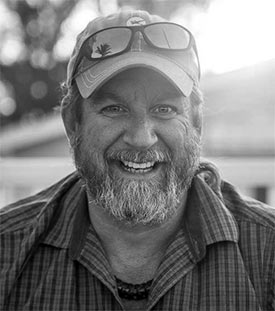
For 21 years Aaron worked with Disney helping to create some of the greatest animated films ever made. During that time he worked as an animator or supervising animator on The Rescuers Down Under, Beauty and the Beast, Aladdin, The Lion King, Pocahontas, Mulan, and more. In 2003 he was co-director of Brother Bear for which he earned an Oscar nomination for Best Animated Feature Film.
After Brother Bear he helped to develop several projects but ultimately left Disney to pursue an opportunity back home in Florida. Aaron recently served as 2D animation supervisor and character designer for the “The Bear and the Hare,” an advertisement loved by millions around the world. He is currently also working on a new animated short film, once again involving bears called Snow Bear.

.png)